Search Results for Tag: ice
Russia to evacuate floating ice station
Russia is preparing to evacuate a crew of 16 from a drifting Arctic research station because the ice floe it is sitting on has started to disintegrate. The news agency AFP said Natural Resources and Ecology Minister Sergei Donskoi had set a three-day deadline to draft an evacuation plan for the North Pole-40 floating station. That was yesterday afternoon. (See also Times Live for report and photo!)
“The destruction of the ice has put at risk the station’s further work and life of its staff,” the ministry said in a statement. The station is currently home to 16 personnel including oceanologists, meteorologists, engineers and a doctor. It conducts meteorological research, monitors environmental pollution and conducts a number of tests. If the situation is not addressed, it may also result in the loss of equipment and contaminate the environment near Canada’s economic zone where the station is currently located, the ministry added. The floating station is to be relocated to Bolshevik Island in the Russian Arctic with the help of an ice breaker.
Vladimir Sokolov, who oversees the floating station at the Saint Petersburg-based Arctic and Antarctic Research Institute, said the ice was disintegrating due to climate change. Russia created its first floating research station in the Arctic, the North Pole 1 in 1937. The first floating station put up by post-Soviet Russia was put together in 2003. The crew had to be rescued when the ice floe beneath it broke up in 2004.
The experts in charge say the crew’s lives are not in danger, but working conditions have become impossible. They say the fast melt of the ice is making it more difficult for research to keep pace with developments.
Not surprising, but surely another spectacular illustration of what’s happening up in the High North? Has anybody seen this making a big splash (sorry!) in the international headlines?
Biodiversity Day: The Arctic
- Svalbard reindeer, Ny Alesund
May 22 is the UN official “International Day for Biological Diversity (IDB)”. Yes, I know, I frequently wonder about the value of these “International Day of…” whatever, but usually come to the conclusion that it’s always good to have reminders or pegs to draw attention to issues that don’t always make the headlines (last time on Migratory Bird day, see Ice Blog post). May 22 was chosen because it was the day, in 1992, when the text of the Convention on Biological Diversity was adopted in Nairobi.
Anyway, at least in our northern hemisphere, May is a good time to talk about biodiversity, as nature bursts into life (or creeps out gently with the temperatures in my part of Europe currently a little on the chilly side) after the winter rest. Like so many things in our world, this is also affected by climate change, with increasing variability in temperature and conditions having an impact on the seasons.
This May also sees the publication of the “Arctic Biodiversity Assessment“. It was released at the meeting of the Arctic Council in Kiruna on May 15th. Let me quote a little from the intro, which sums up why Arctic biodiversity is so special:
“The Arctic holds some of the most extreme habitats on Earth, with species and peoples that have adapted through biological and cultural evolution to its unique conditions. A homeland to some, and a harsh if not hostile environment to others, the Arctic is home to iconic animals such as polar bears Ursus maritimus, narwhals Monodon monoceros, caribou/reindeer Rangifer tarandus, muskoxen Ovibos moschatus, Arctic fox Alopex lagopus, ivory gull Pagophila eburnea and snowy owls Bubo scandiaca, as well as numerous microbes and invertebrates capable of living in extreme cold, and large intact landscapes and seascapes with little or no obvious sign of direct degradation from human activity. In addition to flora and fauna, the Arctic is known for the knowledge and ingenuity of Arctic peoples, who thanks to great adaptability have thrived amid ice, snow and winter darkness… The Arctic is made up of the world’s smallest ocean surrounded by a relatively narrow fringe of island and continental tundra. Extreme seasonality and permafrost, together with an abundance of freshwater habitats ranging from shallow tundra ponds fed by small streams to large deep lakes and rivers, determine the hydrology, biodiversity and general features of the Arctic’s terrestrial ecosystems. Seasonal and permanent sea ice are the defining features of the Arctic’s marine ecosystems.”
Biodiversity loss is happening at a frightening rate all over the globe, and the Arctic is no exception. On the contrary, with the climate there warming so much faster than the global average, Arctic biodiversity is under terrific pressure. As a contribution to halting the loss of biodiversity, the Arctic Council initiated the Arctic Biodiversity Assessment, consulting scientists on what could be done to alleviate pressures on Arctic biodiversity. The report gives an overview of the stress factors putting Arctic biodiversity and suggests possible actions to enhance biodiversity conservation.
The authors stress that there are substantial gaps in our knowledge of Arctic biodiversity. There is a huge need for continuing research.
Climate change is clearly a major problem. Melting ice, melting permafrost, warmer ocean – clearly such changes to some of the defining factors influence living conditions for flora and fauna too. With warming paradoxically making it easier to indulge in activities in the far north which could exacerbate climate change even further, the situation is complex and the time pressure huge.
Reports of this kind are usually very hard to read. I must commend the authors for the online presentation of this one. It’s divided into readable chapters and has some spectacular pictures. Some were taken by Lars Holst Hansen at Zackenberg, Greenland. I met and interviewed Lars at Zackenberg Station in north-eastern Greenland in 2009. The radio feature I made at that time is still very relevant and describes work at the remote research station, which monitors a wide range of environmental parameters, including of course, lots of biodiversity.
LISTEN: Changing Arctic, Changing World: Greenland’s Changing Climate.
I went counting musk oxen with Lars while I was at the station. One of his photos of the “big hairy beasties” is actually being used on a stamp incidentally. Congratulations Lars for the brilliant picture and for this contribution to spreading the word about the need to protect the fragile Arctic environment and its biodiversity.
Arctic Council disappoints Greenpeace,WWF
Environment ngos have expressed disappointment at the outcome of the Arctic Council meeting in Kiruna on May 15th. Too little action and too slow, seems to be the consensus.
Alexander Shestakov, Director of WWF’s Global Arctic Programme said: “We are disappointed that the Council is not moving faster to address such urgent issues as preventing oil spills, and reducing the impacts of regional and global climate change.” Shestakov says the issues have been placed on the “back burner” for two years, and “the pace of change in the Arctic does not allow for a two year time-out.”
Greenpeace International senior policy advisor Ruth Davis said: “Throughout this meeting, the evidence from scientists and Indigenous Peoples has highlighted the devastating impacts of our fossil fuel addiction on the Arctic. Yet the Council seems in the thrall of business interests wishing to extract more oil and gas, whatever the costs to local people, wildlife and the future health of the planet”.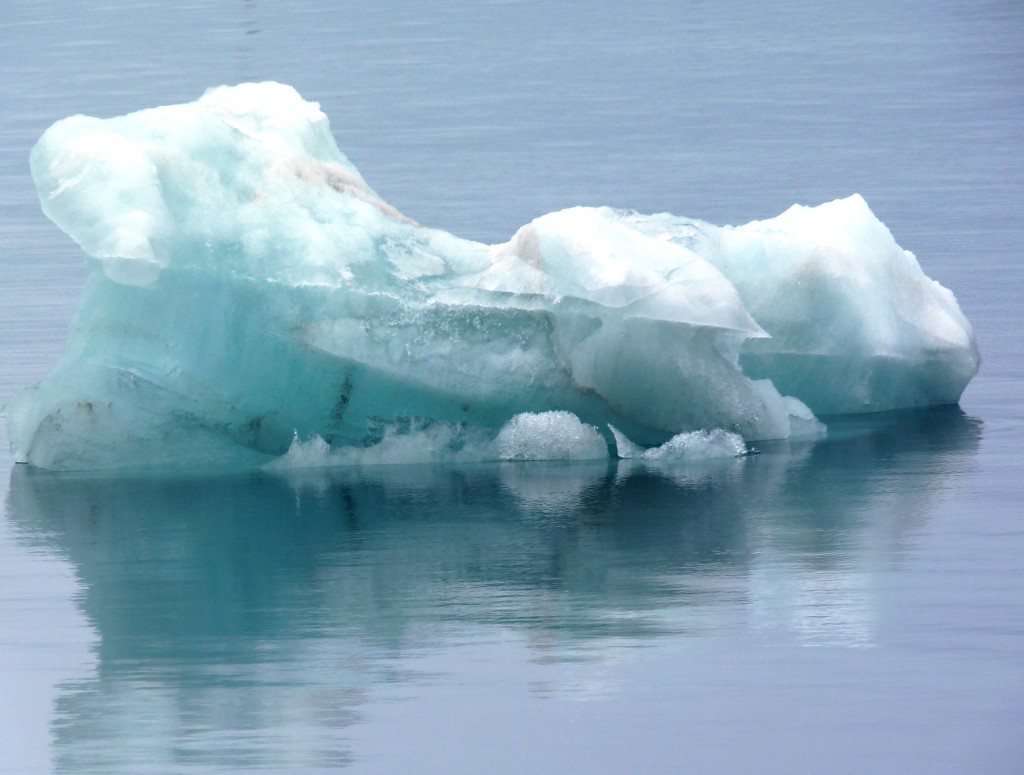
- Endangered species
Oil spill response
An oil spill response agreement was officially signed at the Kiruna meeting. WWF has official observer status and was involved in drafting the agreement. The organisation says it “will be watching to ensure that the agreement is effectively implemented”.
Greenpeace (whose request for observer status was turned down at the meeting) is highly critical of the “Cooperation on Marine Oil Pollution Preparedness and Response in the Arctic Agreement”, signed in Kiruna. Greenpeace says “it includes no specific practical minimum standards that governments must adhere to, and has no provisions to hold companies liable for the full costs and damages of a spill should one occur”. Greenpeace had leaked the draft document back in February, saying it was “disappointingly weak”.
Black carbon
The other key issue environmentalists would like to have seen progress on is black carbon or soot. WWF says Russia blocked negotiations on an agreement to tackle black carbon, which is produced by burning diesel and other fuels and is blamed for increasing the melting of Arctic ice and snow.
Greenpeace sees a wide gap between the “firm recommendations from its (Arctic Council’s) own scientists based on the Council-commissioned reports on ocean acidification and the impact of climate change on biodiversity”, and the “lack of any meaningful action”. That gap between evidence and recommendations from scientists and real political action, it seems to me, becomes even clearer looking at the wider cause of climate change in the Arctic and around the globe – human-made emissions of greenhouse gases. Without rapid action from the main emitters (one is a member of the Arctic Council, another has just been given observer status), it seems more than likely the Arctic as we know it will not exist for much longer. As I have written here before – “you can’t have your ice and melt it“. Can you?
Arctic melt worries UN and White House
The UN weather agency WMO (World Meteorological Organisation) has confirmed that the Arctic’s sea ice melted at a record pace in 2012, the ninth-hottest year on record. With just 3.4 million square kilometres (1.32 million square miles) during the August to September melting season, the sea ice cover was a full 18 percent less than the previous low set in 2007. The WMO’s Secretary-General Michel Jarraud said this was a “disturbing sign of climate change”, and pointed to the link between climate change and extreme weather events.
Meanwhile, a special briefing was called at the White House to discuss the possibility of the Arctic becoming ice free in the summer within just TWO years. Nafeed Ahmed, director of the “Institute for Policy Research & Development” headlines his post for the “Guardian“: “White House warned on imminent Arctic ice death spiral”. He describes the meeting, including NASA’s acting chief scientist Gale Allen, the director of the Department of Homeland Security and the Pentagon as “the latest indication that US officials are increasingly concerned about the international and domestic security implications of climate change”.
10 Arctic specialists were called in to advise the US government, including marine scientist Professor Carlos Duarte, currently director of the Oceans Institute at the University of Western Australia. I met and interviewed Prof. Duarte back in 2011 at the Arctic Frontiers conference, when he worked with the Spanish Council for Scientific Research. At that time, he was already calling for urgent action and warning of the danger of “climate tipping points”, including the melt of the Arctic sea ice. His conclusions are based on research which was presented in an article in Nature Climate Change last year.
The West Australian newspaper quotes Prof. Duarte as saying the “snowballing situation would prove as hard to slow down as a runaway train”. He told the paper the ice melt was accelerating faster than any of the models could predict, and the prospect of an Arctic Ocean free of ice had been brought forward to 2015, compared with a prediction in 2007 that at least a third of the normal sea ice extent would remain in summer in 2100. When I spoke to him in 2011, the US navy was already assuming a date of 2050 and Duarte said he expected it to be even earlier.
Professor Carlos Duarte on Arctic Tipping Points
Prof Duarte also warned of the increasing danger of melting methane. Let me quote a little from the interview:
DUARTE: “We know from the history of ice covering the planet along geological time scales that ice is strongly a non-linear element in the earth’s system. It’s one of the components that show very rapid, very abrupt changes and tipping points. So we expect that once the ice will be lost quickly from the Arctic and also from the shelves in Greenland, then other forces will be set in motion, and many forces will be set in motion by loss of ice. One of them is the release of methane hydrates from the shallow continental shelves, mostly around Siberia, and those are molecules of methane that are trapped into ice in the sediments of the continental shelves and in the permafrost on land. So if this ice melts, this methane can be released abruptly and suddenly. And deposits of methane trapped in the shallow sediments of the Arctic amount to about five times the greenhouse power that humans have set in motion through burning fossil fuels. So if this five times what we have released in 150 years is released within a few years, that would be detrimental to the climate system and it could lead to a very rapid warming, and could again set in motion other forces like increased freshwater discharge to the Arctic, which has already increased by 30 percent. And this involves a greater export of fresh water and buoyancy to the Atlantic, which may affect global circulation and global currents, and those in turn will affect regional climates also further south to the sub-Arctic region. Also, warmer temperatures are leading to dieback of the boreal forest and also the peat deposits in the boreal region are drying up to the extent that they can catch fire.”
(IRENE QUAILE: How close are we?)
DUARTE: “We very much know what the threshold and the tipping point for the release of methanes will be, because the methane is kept in the hydrates, deposits in the salty sediments by ice, frozen sediments, and we know the freezing point of salty sediments may be around minus 1 degree. So when the temperature of water in the summer goes well above freezing point, the hydrates will defrost and the methane will be released. So what we need to monitor is the temperature of the shallow waters in the Siberian shelf and other shallow waters in the Arctic, in the Canadian region as well, and see how close they’re getting to temperatures of 3 and 4 degrees, which will be those that will lead to melting of the hydrates.”
Scary? The interview, it seems, is as relevant as ever, the Professor’s warnings more urgent. I wonder what it feels like to be called in to the White House to brief the government of a country that is both a key player in the Arctic and a top emitter of the greenhouse gases that are causing the melt? On the one hand it must be satisfying for the scientists to know they are finally being heard. But there must also be some frustration about the extent of dangerous climate change that had to be set in motion first. Has the Arctic ice already reached a “tipping point”?
Let me close with another quote from that interview with Carlos Duarte:
DUARTE: “Unfortunately society is much more mobilised by opportunities than by risks. So the discourses and warnings of risks actually almost lead to inaction by society, whereas the sight of opportunities encourages society to set themselves in motion. So the opportunities for economic growth in the Arctic have dominated the discourse and the actions by society and policy makers. Those opportunities are new navigation routes across the Arctic, and the exploitation of oil, gas and fisheries, that were not accessible just a few years ago. The paradox in this is that the Arctic countries recognise that the forces that are improving access to these resources is actually climate change and that the reason for this climate change is the burning of fossil fuels by humans. Arctic nations themselves are responsible for 26% of the release of these greenhouse gases and are taking advantage of these opportunities, which will involve greater emissions of greenhouse gases. (…) I think there should be a balance between the economic growth these opportunities could bring about and the economic losses, they may bring about, which I don’t think have been quantified.”
Why a new “Arctic Circle” Forum?
While working on a story about the Arctic Council in the run-up to its next meeting in May, I was greatly interested by the announcement that there is to be a new global forum called the Arctic Circle. Iceland’s President Ólafur Ragnar Grímsson, made the announcement this week at an event held by the National Press Club in Washington. On the Arctic Circle website, the new organization is described as “nonprofit and nonpartisan”. The mission is “to facilitate dialogue and build relationships to confront the Arctic’s greatest challenges. We aim to strengthen the decision-making process by bringing together as many Arctic and international partners as possible under one large ‘open tent’. By facilitating circumpolar meetings of leaders across disciplines, we will identify truly sustainable development practices for the Arctic, the world’s last pristine environment”.
The background, of course, is the opening of the Arctic to shipping and commercial exploitation because of climate change. The organisers say the new open forum will help raise the profile of Arctic issues worldwide and discuss solutions “in a frank and collaborative manner”.
I met President Grimsson in January in what at first sight might appear an unusual location – the Gulf emirate of Abu Dhabi.
We live in an ice-dependent world, says Iceland’s President
He actually has close ties to the emirate, and was there for “sustainability week” and the World Future Energies Forum. He explained to me then his interest in making it clear that the Arctic is not just of significance to the High North region and the countries around it, but the planet as a whole. So I am not surprised that he is spearheading an attempt to open the region to the influence of other countries. Iceland has also been conducting a lot of negotiations with China, including a new free trade agreement announced by the President this week. As reported on the Ice Blog and DW before, China is increasingly interested in getting a foothold in the Arctic.
See China’s Arctic ambitions spark concern
Grimsson told Thomson Reuters the new forum was needed because “while most countries have a stake in the melting of Arctic ice, only eight – Canada, Denmark, Finland, Iceland, Norway, Russia, Sweden and the United States – are members of the Arctic Council”. The intergovernmental group was established in 1996.
China, India and Singapore are amongst the non-Arctic states seeking observer status on the Arctic Council at a meeting to be held in Sweden next month. The new “Arctic Circle”, on the other hand, would be open to anybody: “concerned citizens, representatives of ngos, scientists, researchers alongside governments and corporations.”
The first meeting of the new forum will be held in Iceland in October. It remains to be seen who will sign up and how influential it will turn out to be. The formation of the group shows the Arctic’s rising significance on the international agenda. The question is which forum will turn out be the best placed to effectively protect the sensitive ecosystems and traditional lifestyles of indigenous groups in the Arctic at the time when international commercial interest is growing steadily. And with the burning of fossil fuels continuing to exacerbate climate change and no progress being made towards reducing emissions – who is to mediate in the conflict between those who want to profit from exploiting oil and gas resources in The Arctic and those who want to stop using it and shift to climate-friendly renewables? There are those who would like to do both. But as the saying goes, “you can’t have your cake and eat it” – or maybe you can’t have your ice and melt it?



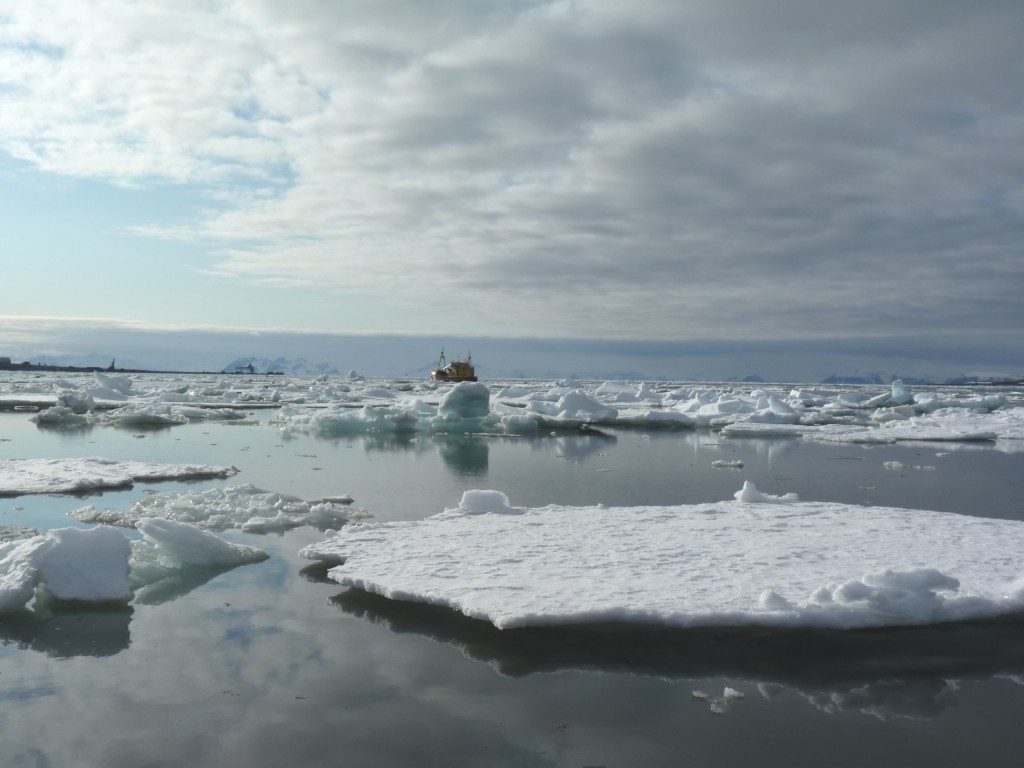

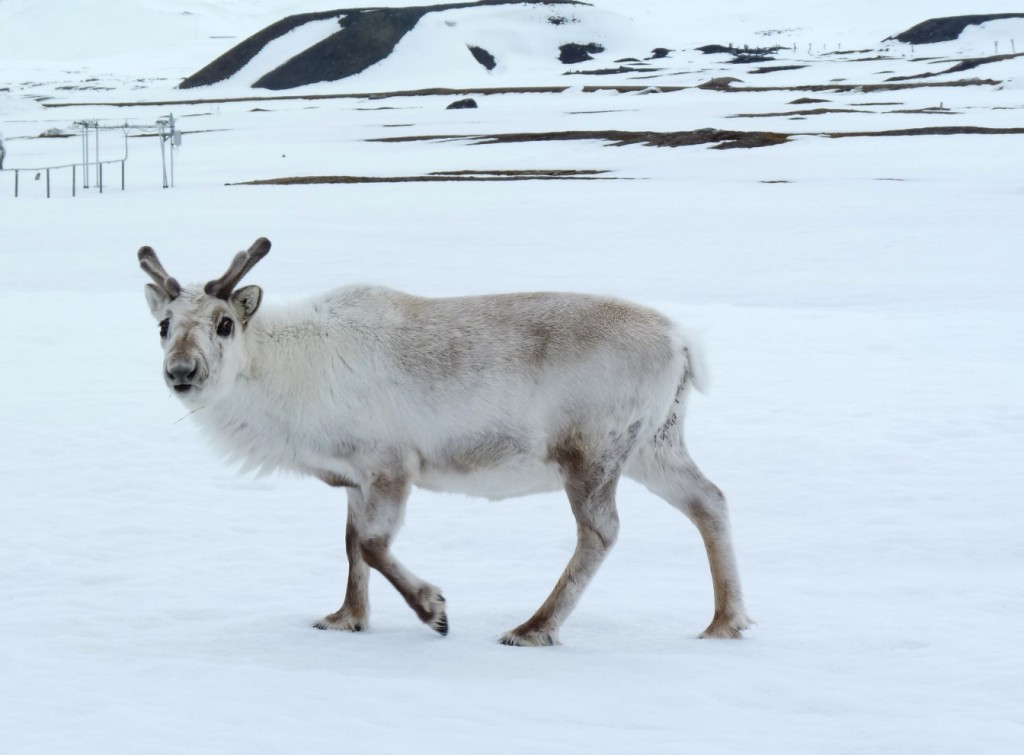
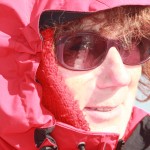
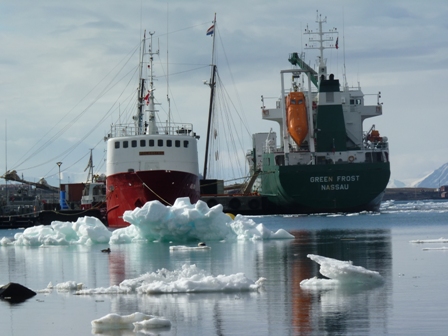
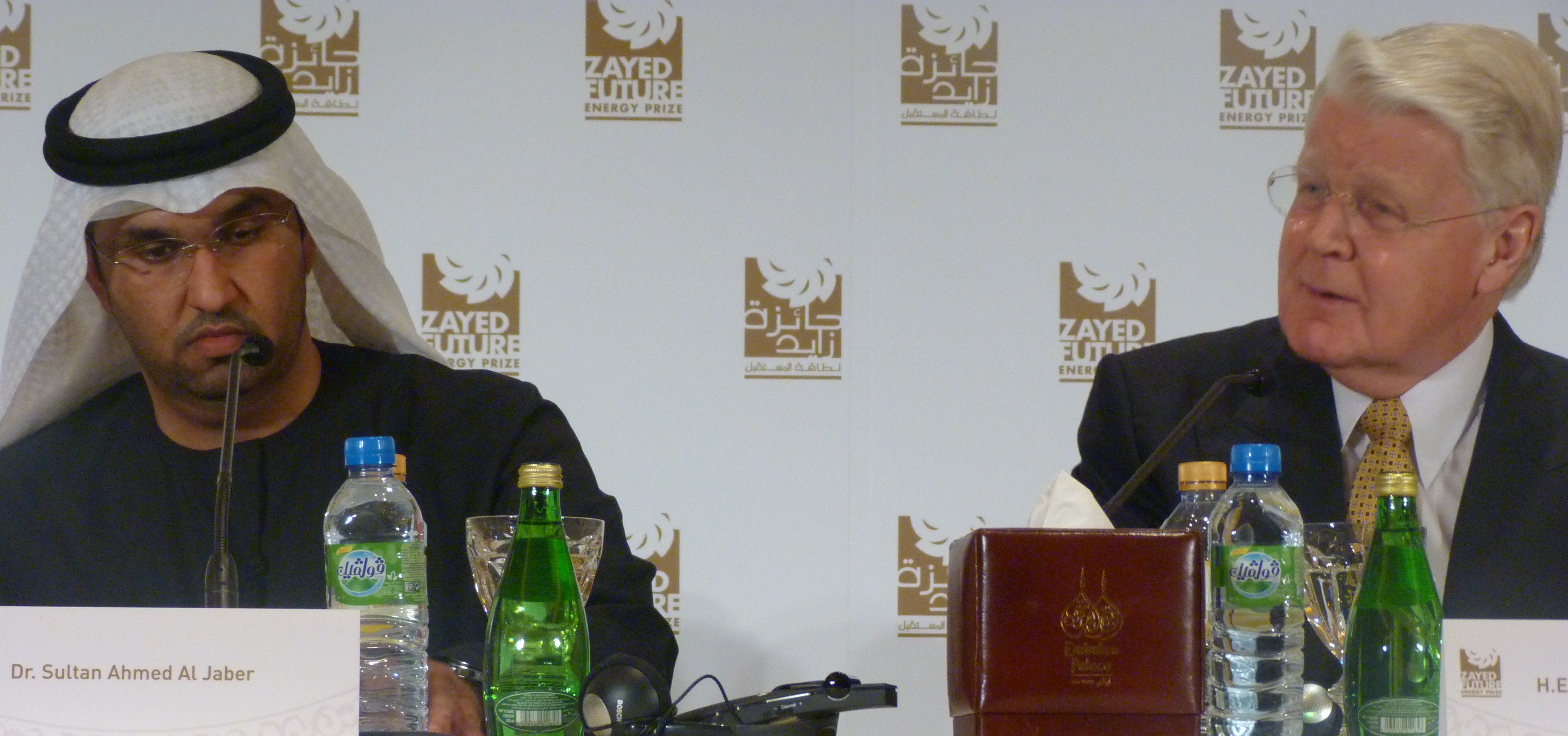
















Feedback